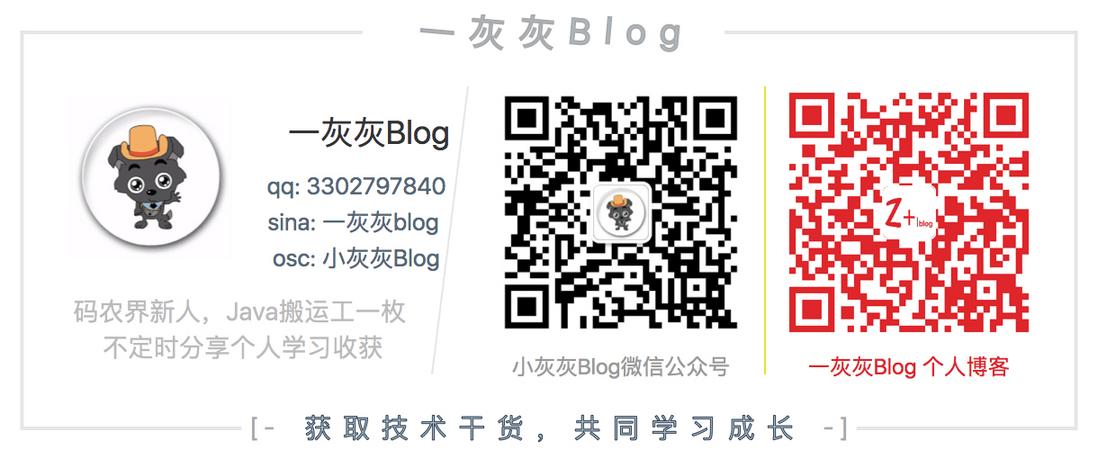【SpringBoot WebFlux 系列】WebFlux 之 header 参数解析
上一篇 weblfux 主要介绍了 path 参数的解析与映射关系,在我们进入 url 参数/post 表单之前,先看一下另外的一种参数--请求头中的参数如何处理
<!-- more -->
I. 项目环境
本项目借助SpringBoot 2.2.1.RELEASE + maven 3.5.3 + IDEA进行开发
1. 依赖
使用 WebFlux,最主要的引入依赖如下(省略掉了 SpringBoot 的相关依赖,如对于如何创建 SpringBoot 项目不太清楚的小伙伴,可以关注一下我之前的博文)
<dependencies>
<dependency>
<groupId>org.springframework.boot</groupId>
<artifactId>spring-boot-starter-webflux</artifactId>
</dependency>
</dependencies>II. 请求头参数解析
在实际的业务开发中,有几个请求头出现的频率特别高,如常用于反爬的User-Agent,鉴定强求来源的referer,跨域相关的Access-Control-Allow-,cookie、session 自定义的请求头等
1. 请求头限制
在RequestMapping或GetMapping中指定请求头参数时,表示只有请求中包含这个请求头才会匹配过去
/**
* 只有请求头包含 myheader 且值为 myvalue的才可以访问到
*
* - 正常访问: curl 'http://127.0.0.1:8080/header/filter/yihhui' -H 'myheader: myvalue'
* - 异常访问: curl 'http://127.0.0.1:8080/header/filter/yihhui' -H 'myheader: myvalue2' 因为请求头不匹配,404
*
* @param name
* @return
*/
@GetMapping(path = "/filter/{name}", headers = "myheader=myvalue")
public Mono<String> headerFilter(@PathVariable(name = "name") String name) {
return Mono.just("request filter: " + name);
}实例如下:
➜ ~ curl 'http://127.0.0.1:8080/header/filter/yihhui' -H 'myheader: myvalue'
request filter: yihhui%
➜ ~ curl 'http://127.0.0.1:8080/header/filter/yihhui' -H 'myheader: myvalue2'
{"timestamp":"2020-09-07T00:40:34.493+0000","path":"/header/filter/yihhui","status":404,"error":"Not Found","message":null,"requestId":"aa47f5a5"}%2. 请求头参数解析
WebFlux 依然是可以通过注解@RequestHeader来获取对应的请求头
从使用姿势上来看,webflux 与 webmvc 并没有什么区别
/**
* 获取请求头
*
* curl 'http://127.0.0.1:8080/header/get' -H 'myheader: myvalue' -H 'user-agent: xxxxxxx'
*
* @param header 注意,这个是自定义的请求头
* @param userAgent
* @return
*/
@GetMapping(path = "get")
public Mono<String> getHeader(@RequestHeader("myheader") String header,
@RequestHeader("user-agent") String userAgent) {
return Mono.just("request headers: myheader=" + header + " userAgent=" + userAgent);
}测试 case 如下
➜ ~ curl 'http://127.0.0.1:8080/header/get' -H 'myheader: myvalue' -H 'user-agent: xxxxxxx'
request headers: myheader=myvalue userAgent=xxxxxxx%3. cookie 获取
利用 cookie 来标识用户身份可以说是非常普遍的场景了,我们通过专用的CookieValue来获取指定的 cookies 值
/**
* 获取cookie
*
* curl 'http://127.0.0.1:8080/header/cookie' --cookie 'tid=12343123;tt=abc123def'
*
* @param tid
* @return
*/
@GetMapping(path = "cookie")
public Mono<String> getCookie(@CookieValue("tid") String tid) {
return Mono.just("request cookies tid=" + tid);
}上面的 case 中,标识只需要获取 tid 这个 cookies 值,其他的不 care
➜ ~ curl 'http://127.0.0.1:8080/header/cookie' --cookie 'tid=12343123;tt=abc123def'
request cookies tid=12343123%II. 其他
0. 项目
- 工程:https://github.com/liuyueyi/spring-boot-demo
- 源码: https://github.com/liuyueyi/spring-boot-demo/tree/master/spring-boot/223-webflux-params
系列博文
1. 一灰灰 Blog
尽信书则不如,以上内容,纯属一家之言,因个人能力有限,难免有疏漏和错误之处,如发现 bug 或者有更好的建议,欢迎批评指正,不吝感激
下面一灰灰的个人博客,记录所有学习和工作中的博文,欢迎大家前去逛逛
- 一灰灰 Blog 个人博客 https://blog.hhui.top
- 一灰灰 Blog-Spring 专题博客 http://spring.hhui.top



**粗体** _斜体_ [链接](http://example.com) `代码` - 列表 > 引用。你还可以使用@来通知其他用户。